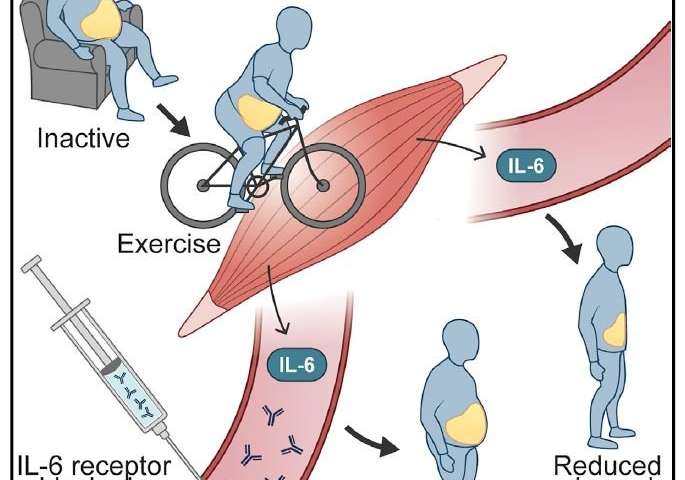The benefits of HIIT Workouts are obvious, but first things first. Time is one of our most precious resources and we never seem to have enough of it. Some days, it might be easy to skip a workout because you feel that you might not have enough time to make it worthwhile.
But you don’t need to spend hours in the gym to see results—you simply need to make sure that the time you do spend exercising is as efficient and effective as possible
Serious athletes have long known about the benefits of HIIT (high-intensity interval training)—alternating periods of short, intense anaerobic exercise with less-intense recovery periods—and they’ve been reaping the rewards, too.
Here are 5 benefits of HIIT workouts that are actually backed by scientific research:
1. HIIT Workouts Take Less Time
You already know these workouts are more efficient than any other kind. But, there’s a science to back up just how crazy-efficient they are.
Find your dream job in the space industry. Check our Space Job Board »
Benefits of HIIT Workouts
According to a 2013 study in the Journal of Physiology, you can get the same, if not greater, results in half the time of low-intensity longer-duration workout sessions. The study found that sedentary men who did 40-60 minutes of cycling at 65% of their max five times a week, and those who did sprint interval training for less than 12 minutes each time three times a week saw similar results, including reduced aortic stiffness and increased insulin sensitivity.
Rob Jackson, owner of MinimalFit, and an advocate of HIIT workouts says, “Most office workers don’t have hours to spend at the gym. That’s why I deliver efficient and effective 45 min HIIT training sessions to maximize calorie burn.”
2. You’ll Keep Doing It
The National Center for Biotechnology Information conducted a study that found people enjoy HIIT far more than vigorous-intensity exercise and continuous moderate-intensity exercise.
If you enjoy your workout, you’re more likely to stick to it.
3. The Afterburn Effect
The so-called “afterburn effect” is more officially known as excess post-exercise oxygen consumption or simply, EPOC. And it isn’t new in the world of fitness. A study by Human Performance Laboratory suggests there’s a strong correlation between the number of calories burned post-exercise and the activity’s intensity.
HIIT burns more calories for about two hours after exercise, adding to the greater caloric burn. Exercise post-oxygen consumption is the body’s natural ability to return to homeostasis after exercise.
4. They Will Boost Your Endurance
Next time you’re slogging on a run, pick it up—just for 60 seconds.
According to a study in PLoS ONE, just one minute of high-intensity work during an otherwise not-so-hard workout can boost your endurance. That improved endurance will carry over to your more moderate-intensity runs, rides, and other workouts.
5. HIIT Can Take Many Forms
There’s more to HIIT than sprinting it out. People who do cycling intervals and people who did intervals of moves like burpees saw similar results in terms of VO2 max and heart rate, according to a recent study in The Journal of Strength and Conditioning Research.
Jackson, who also owns PT Pod, includes before-shower HIIT workouts for his clients that are unique and can be done by anyone, anywhere.










